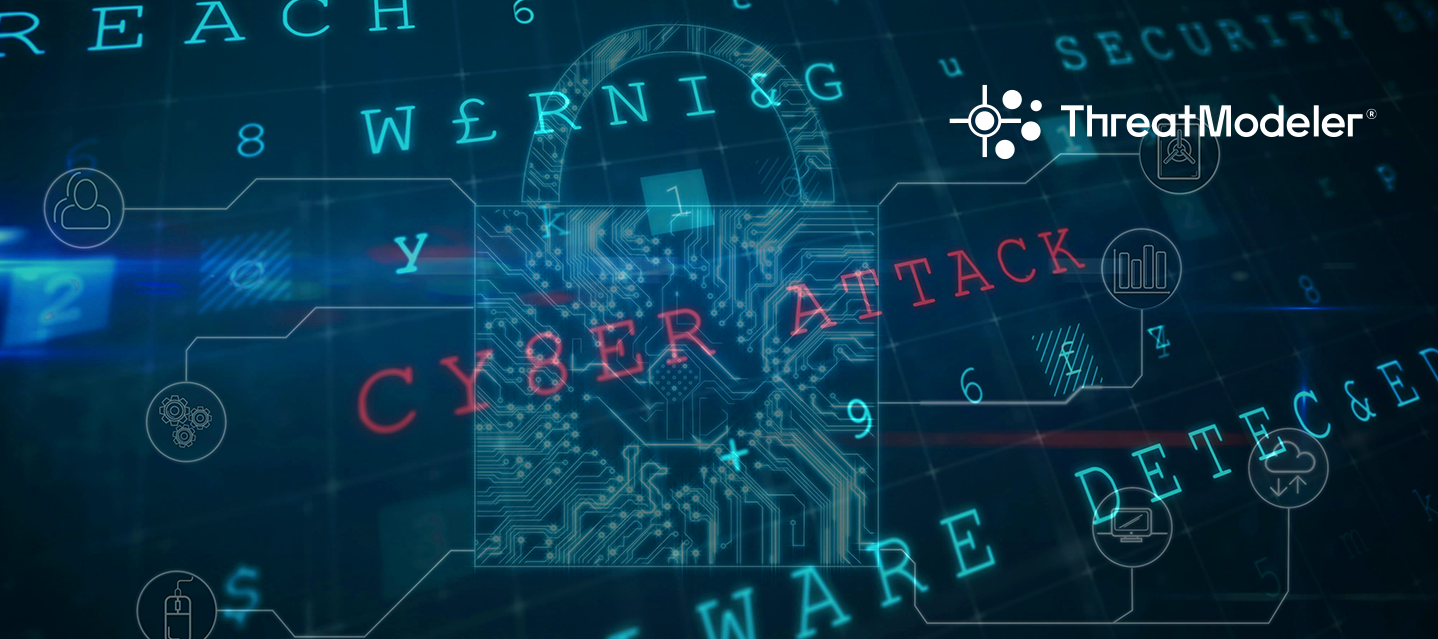Japan faces a serious threat environment that has repercussions for the entire world.Due to the number of Japanese manufacturers, the caliber of their goods, and the valuable intellectual property they own, they make for appealing targets for cyberattacks, particularly those that target computer systems in the industrial industry. Both nation-state actors and organized crime groups have the ability to launch these strikes.
The implications of such cyberattacks are far-reaching. Attacks against Japan have the potential to disrupt not only Japanese companies, but also the global supply chain due to the extensive presence of Japanese manufacturers' subsidiaries outside of Japan. The attacks can lead to business disruptions, which can impact production, delivery of goods, and ultimately affect customers worldwide.
To address these challenges, threat modeling can be a valuable approach. By applying threat modeling in this context, organizations have a few options.
#1 Identify Threat Vectors: Organizations can conduct a comprehensive assessment of potential threats and attack vectors specific to their industry. This assessment should take into account the nature of their operations, the global supply chain, and the vulnerabilities associated with subsidiary companies.
#2 Assess Vulnerabilities: Analyze the weaknesses in their infrastructure, subsidiaries, and systems. This entails locating gaps in security defenses, potential entry points, and places where intruders would try to gain unauthorized access.
#3 Design Security Controls: Based on the identified threats and vulnerabilities, develop and implement effective security controls to mitigate the risks. This can involve implementing strong network security, access controls, encryption protocols, intrusion detection systems, and incident response plans.
#4 Prioritize Mitigation Efforts: Prioritize mitigation efforts based on the severity and impact of identified threats. This allows organizations to allocate resources effectively and address the most critical vulnerabilities first.
#5 Collaborate and Share Information: Engage in information sharing and collaboration with industry peers, government agencies, and security experts to stay updated on emerging threats and effective mitigation strategies. Sharing threat intelligence can help organizations proactively defend against attacks.
#6 Continuously Monitor and Improve: Regularly monitor systems, conduct security audits, and perform ongoing threat modeling exercises to ensure that security controls remain effective and adapt to evolving threats.
Threat modeling emerges as a crucial defense mechanism to counter the escalating cyber threats confronting Japan's industries and the interconnected global supply chain. By adopting this progressive methodology, Japanese organizations can fortify their resilience, bolster their security posture, and cultivate a safer digital ecosystem. Such measures will safeguard Japan's industries and their invaluable contributions to the world economy, ensuring a robust and secure future.
ThreatModeler secure your organization's future, protect the global supply chain, and contribute to a safer digital ecosystem. Embrace threat modeling and fortify your cyber defenses today!"


